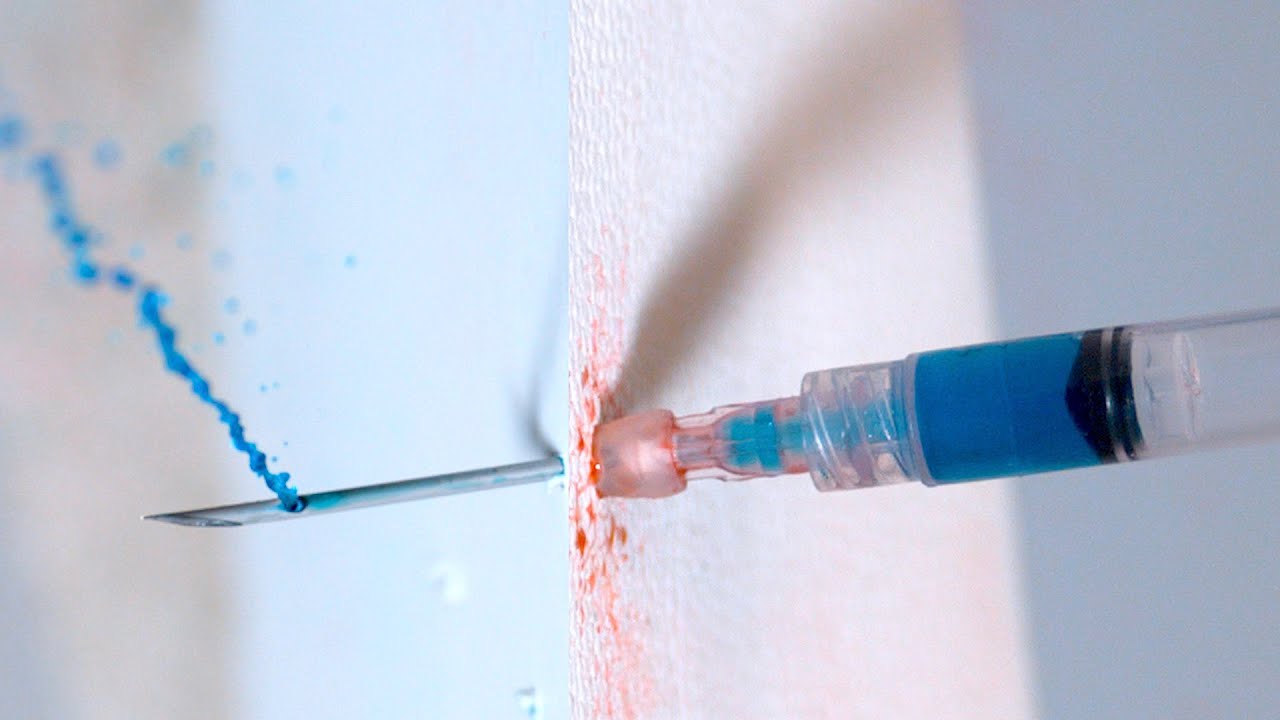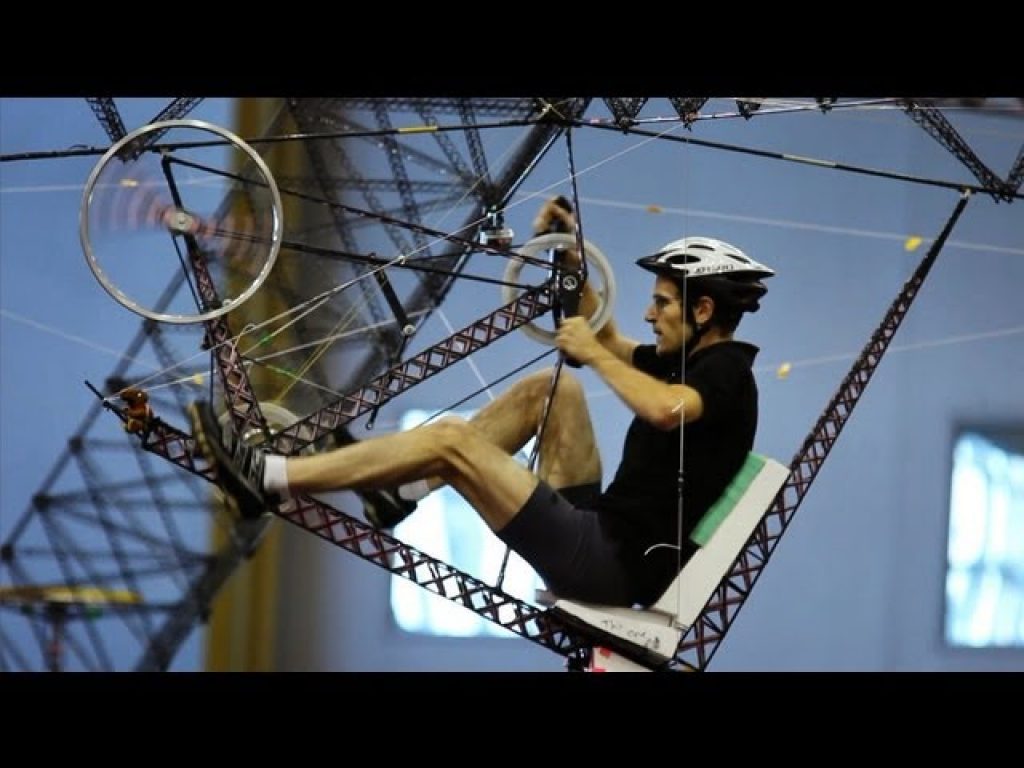How a Tranquilizer Dart Works in Slow Motion

Gav and Dan learn about tranquilizer dart physics using slow mo as a helpful tool.
Don’t try this at home unless you have 400lb gorilla running at full clip towards you.
What are the different modes of action for tranquilizers, and how do they ultimately induce sedation and unconsciousness in animals?
Tranquilizer darts, also known as sedative or sleep darts, are commonly used in veterinary medicine and in wildlife management to safely transport or handle animals without the use of harmful physical restraints. In a nutshell, tranquilizer darts deliver a dosage of sedative into an animal’s bloodstream, inducing drowsiness and ultimately rendering them unconscious. But how do these darts work, and what happens inside an animal’s body in slow motion?
Firstly, it’s important to understand the anatomy of a tranquilizer dart. These darts typically consist of a needle that’s attached to a hollow tube or cartridge filled with a sedative solution. When the dart is fired from a blowpipe or tranquilizer gun, the needle pierces the animal’s skin and delivers the sedative directly into the bloodstream. The needle is often coated with a substance to minimize tissue damage, and the hollow design of the dart allows for a quick delivery of the sedative.
Once the sedative enters the animal’s bloodstream, it begins to act on the central nervous system. Most tranquilizers work by inhibiting the transmission of nerve impulses in the brain, leading to sedation and relaxation. Different types of tranquilizers have different modes of action, but the end result is generally the same – the animal becomes less aware of its surroundings, slows down, and eventually falls asleep.
In slow motion, the effects of a tranquilizer dart become more apparent. As the dart penetrates the animal’s skin, it causes a minor disturbance in the surrounding tissues. Depending on the location of the injection, the animal may flinch or react to the sudden pain, but this is usually short-lived. The sedative quickly makes its way to the brain, where it begins to dampen neural activity.
As the animal starts to feel the effects of the sedative, its behavior may change. Some animals become disoriented or wobbly on their feet, while others become more calm and docile. In slow motion, it’s possible to observe the gradual relaxation of the animal’s muscles as the sedative takes hold. The animal may also become less responsive to its environment, with its eyes drooping and movements becoming slower and more lethargic.
Ultimately, the animal will succumb to the sedative and fall asleep. This can happen within minutes for some types of sedatives, while others may take longer to fully take effect. In slow motion, it’s possible to observe the animal drifting off into unconsciousness as its muscles relax completely and its breathing slows down. Depending on the animal and the dosage of the sedative, it may take several hours for the animal to fully recover from the effects of the tranquilizer.
In conclusion, tranquilizer darts are a useful tool in animal management, and their effects can be observed in slow motion. Through a combination of needle design, sedative formulation, and careful administration, it’s possible to safely transport and handle animals without causing them undue harm or stress. Understanding the mechanics of tranquilizer darts can help us appreciate the delicate balance of nature and the ways in which we can work to preserve and protect the world’s animal populations.









Inside Jessica Alba’s $10M Los Angeles Home
Meet The Mole People Living Beneath the Las Vegas Strip
FLYING Leaf Blower RC airplane Mk2
Return to the Ditch – Tandem Kayak
How To Install Epoxy Floors In A 2000 sq ft Home | Step By step Explained | PART 2